List of 12 Jyotirlingas across India
- Somnath – Prabhas Patan, near Veraval, Gujarat
- Mallikarjuna – Srisailam, Andhra Pradesh
- Mahakaleshwar – Ujjain, Madhya Pradesh
- Omkareshwar – Khandwa, Madhya Pradesh
- Kedarnath – Kedarnath, Uttarakhand
- Bhimashankar – Pune, Maharashtra
- Kashi Vishwanath – Varanasi, Uttar Pradesh
- Trimbakeshwar – Trimbak, Nashik, Maharashtra
- Vaidyanath – Jharkhand, Bihar
- Nageshwar – Dwarka, Gujarat
- Grishneshwar - Maharashtra
- Ramanathaswamy – Rameswaram, Tamil Nadu
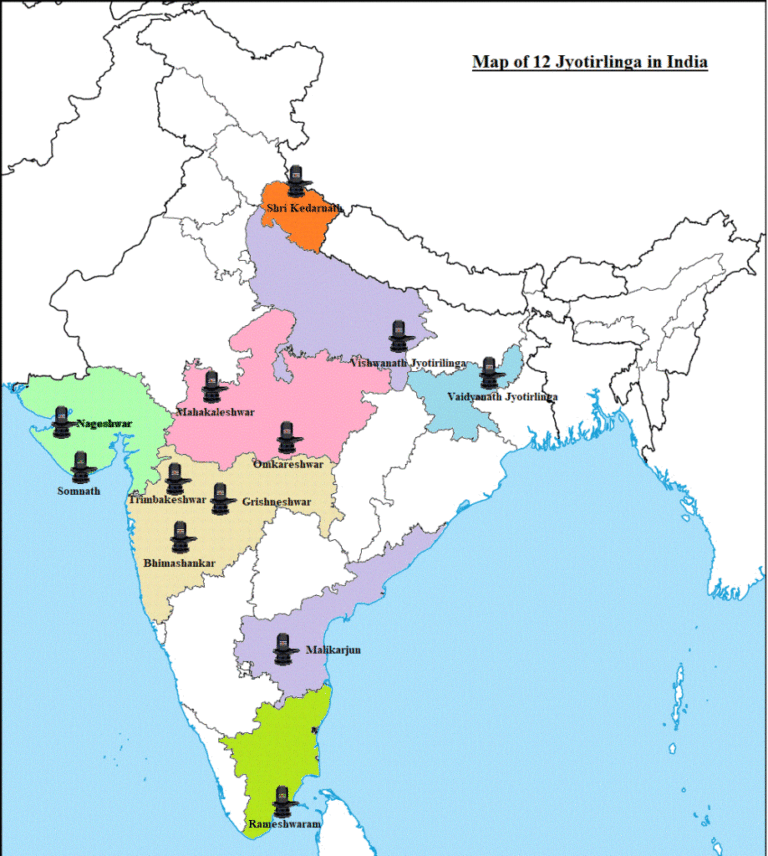
Discover the Importance of Each Jyotirlinga
Each Jyothirlinga has its own significance and historical context. Learn more about the temples, including their importance, legends, and the special rituals practiced at each location. Our website provides comprehensive details of each Jyothirlinga, helping you understand the spiritual depth of your journey.
SOMNATH JYOTIRLING
Somnath Jyotirlinga is one of the most revered 12 Jyotirlingas of Lord Shiva, located in Prabhas Patan, Gujarat, near the Arabian Sea. It is considered the first among the Jyotirlingas and holds immense historical and spiritual significance.
The temple has been destroyed and rebuilt multiple times throughout history. It was plundered by Mahmud of Ghazni in 1025 AD, and later by other invaders, but was always reconstructed by devotees. The present structure was rebuilt in 1951 under the guidance of Sardar Vallabhbhai Patel and stands as a symbol of resilience and faith.
The Somnath Temple is an architectural marvel, featuring intricate carvings, a grand Shiva Lingam, and a stunning location by the sea. The temple also hosts a sound and light show that narrates its rich history.
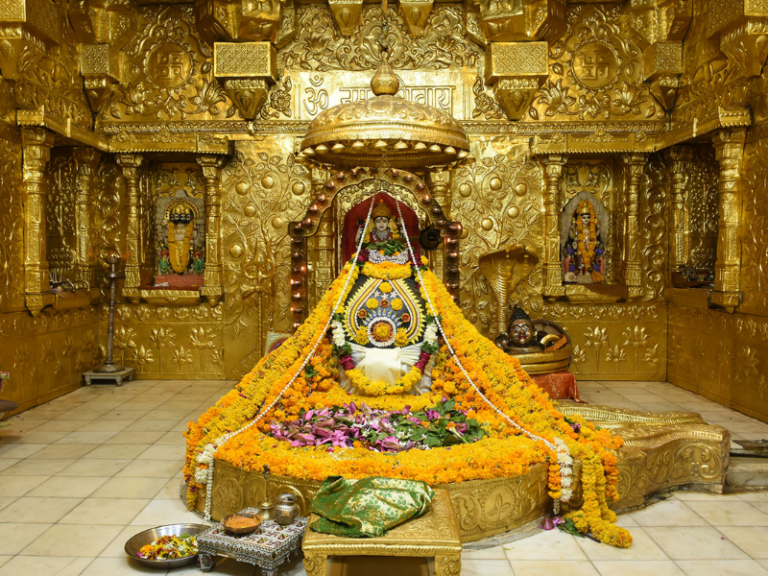
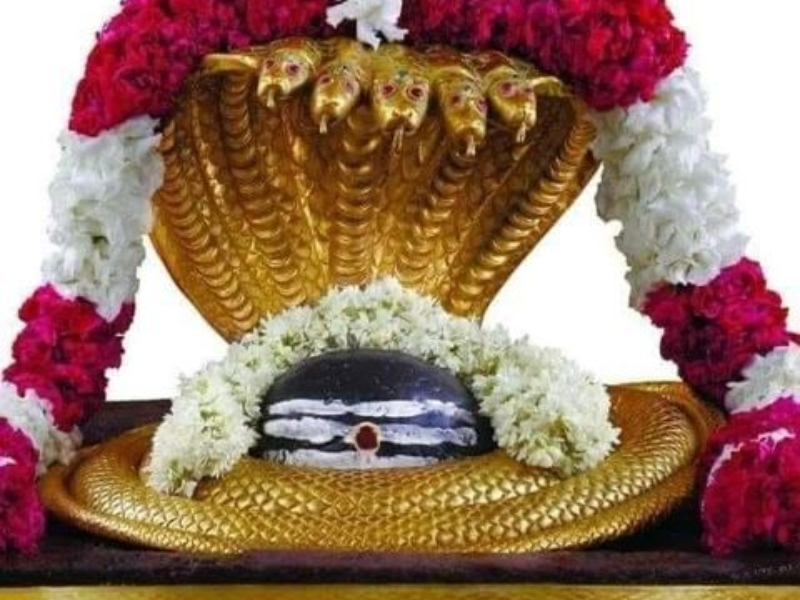
MALLIKARJUNA JYOTIRLINGA
Mallikarjuna Jyotirlinga is one of the 12 Jyotirlingas of Lord Shiva, located in Srisailam, Andhra Pradesh, on the banks of the Krishna River. It is also known as “Kailash of the South” (Dakshina Kailash) and is revered as a powerful spiritual center. This temple is unique as it represents both Shiva and Shakti, with Lord Mallikarjuna (Shiva) and Goddess Bhramaramba (Parvati) worshipped together.
Mallikarjuna Jyotirlinga is one of the only two Jyotirlingas located on a hill, the other being Omkareshwar. It is also significant because it is part of both the Jyotirlinga and the Shakti Peetha traditions.
OMKARESHWAR JYOTIRLINGA
Omkareshwar Jyotirlinga is one of the 12 Jyotirlingas of Lord Shiva, located on the Mandhata Island in the Narmada River, Madhya Pradesh. The island is uniquely shaped like the sacred Hindu symbol “Om”, making it a deeply spiritual site.
Omkareshwar is one of the two Jyotirlingas in Madhya Pradesh, the other being Mahakaleshwar in Ujjain. The temple complex houses two main shrines: Omkareshwar (Lord of Om) and Mamleshwar (also known as Amaleshwar), both considered part of the Jyotirlinga. Devotees believe that worshipping here grants liberation from the cycle of birth and death.
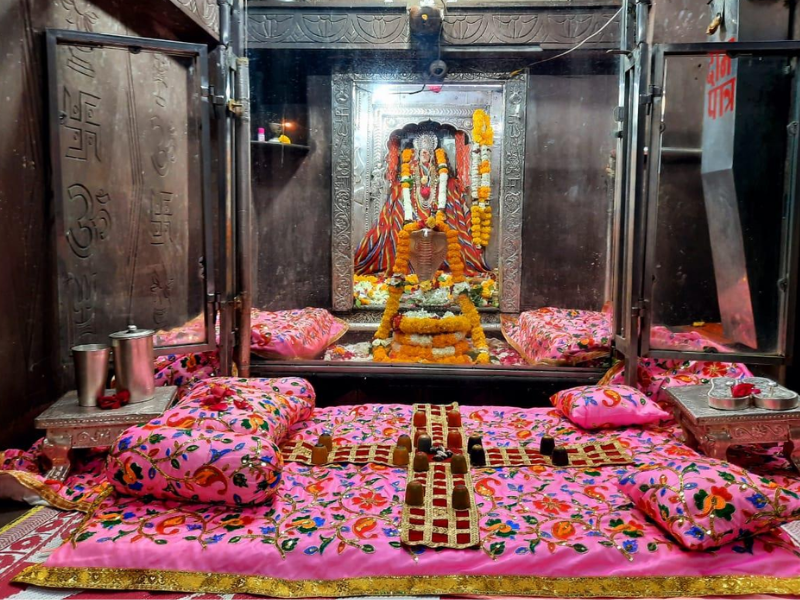

TRIMBAKESHWAR JYOTIRLINGA
Trimbakeshwar Jyotirlinga is one of the 12 Jyotirlinga of Lord Shiva, located in Trimbak, Maharashtra, near the city of Nashik. It is uniquely significant as it is the source of the Godavari River. The Trimbakeshwar Lingam is distinct because it features three faces representing Brahma, Vishnu, and Mahesh (Shiva), making it one of the rarest Jyotirlingas.
Trimbakeshwar is a significant center for performing Narayan Nagbali, Kalsarpa Dosha, and Pitra Dosh rituals, which are believed to help remove ancestral and karmic afflictions.
MAHAKALESHWAR JYOTIRLINGA
Mahakaleshwar Jyotirlinga is one of the 12 Jyotirlingas of Lord Shiva, located in Ujjain, Madhya Pradesh, India. It holds immense spiritual significance and is considered one of the most powerful Shiva temples. The temple is situated on the banks of the holy river Shipra and is a major pilgrimage site for devotees.
Here Lord Shiva is worshipped in the form of a Dakshinamukhi (south-facing) idol, which is rare and considered highly auspicious.The temple is famous for its Bhasma Aarti, a unique ritual performed every morning before dawn. In this sacred ceremony, fresh ash from a funeral pyre is offered to Lord Shiva, symbolizing the cycle of life and death. It is believed that Lord Shiva manifested here to protect his devotee, King Chandrasena, from enemies
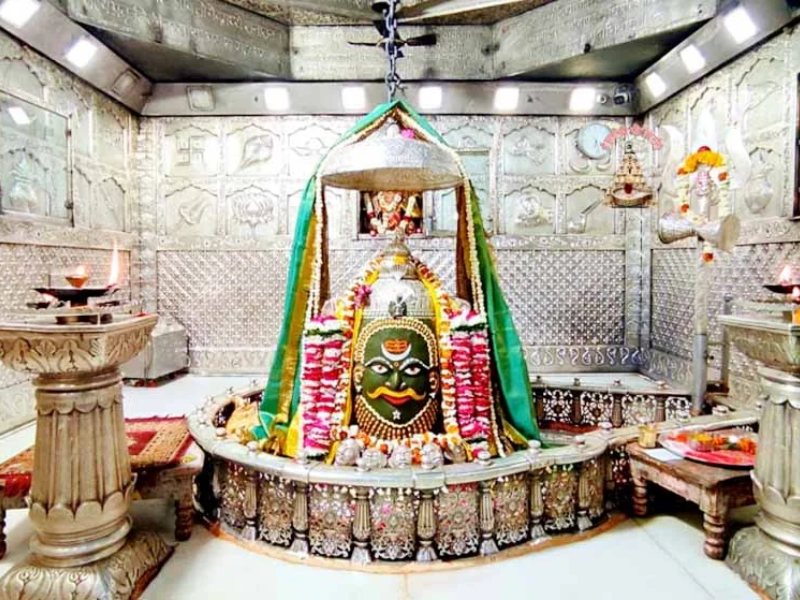
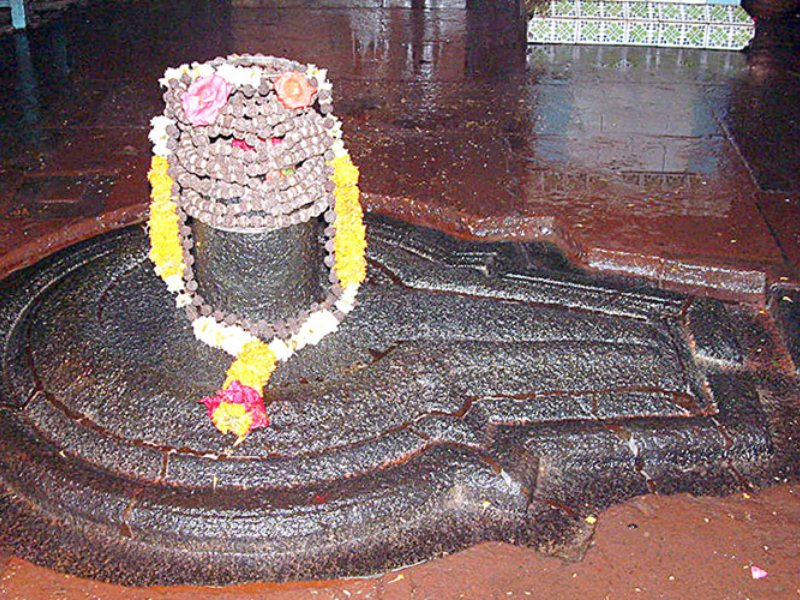
GRISHNESHWAR JYOTIRLINGA
Grishneshwar Jyotirlinga is one of the 12 Jyotirlingas of Lord Shiva, located in Ellora, Maharashtra, near the famous Ellora Caves. It is the smallest Jyotirlinga but holds immense spiritual significance as the last (twelfth) Jyotirlinga in the sacred list.
A unique feature of Grishneshwar Temple is that devotees are allowed to touch the Shiva Lingam, which is rare among Jyotirlingas.
Its close proximity to the Ellora Caves, a UNESCO World Heritage Site, makes it a must-visit destination for both spiritual seekers and history enthusiasts.
BHIMASHANKAR JYOTIRLINGA
Bhimashankar Jyotirlinga is one of the 12 Jyotirlingas of Lord Shiva, located in the Sahyadri Hills of Maharashtra, about 110 km from Pune. Nestled in lush greenery, it is a major pilgrimage site and a paradise for nature lovers.
According to legend, Bhimashankar is associated with the demon Bhima, the son of Kumbhakarna (Ravana’s brother). Bhima performed intense penance to please Lord Brahma and gained immense power. He began terrorizing the devas, and when he attacked a great devotee of Lord Shiva, Shiva appeared and destroyed him. Upon request from the gods, Shiva manifested as the Bhimashankar Jyotirlinga.
The temple attracts thousands of devotees, especially during Mahashivratri and the holy month of Shravan.
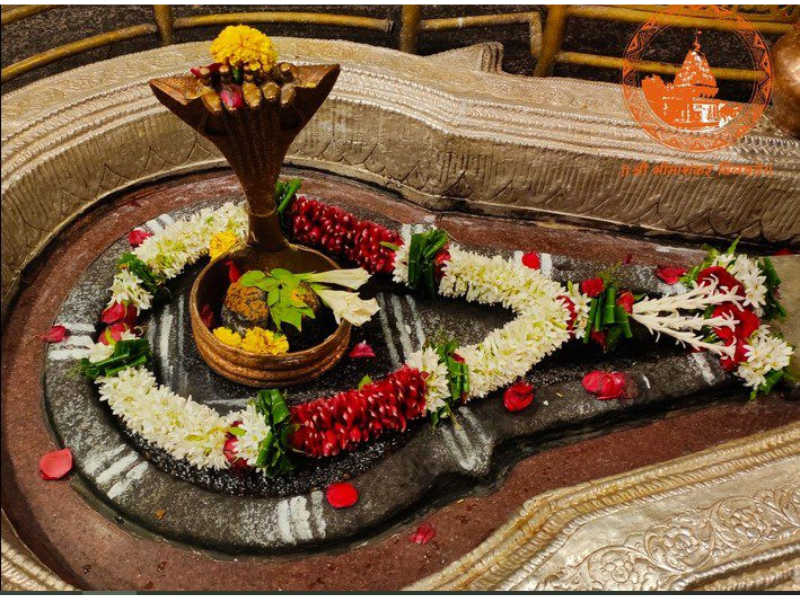
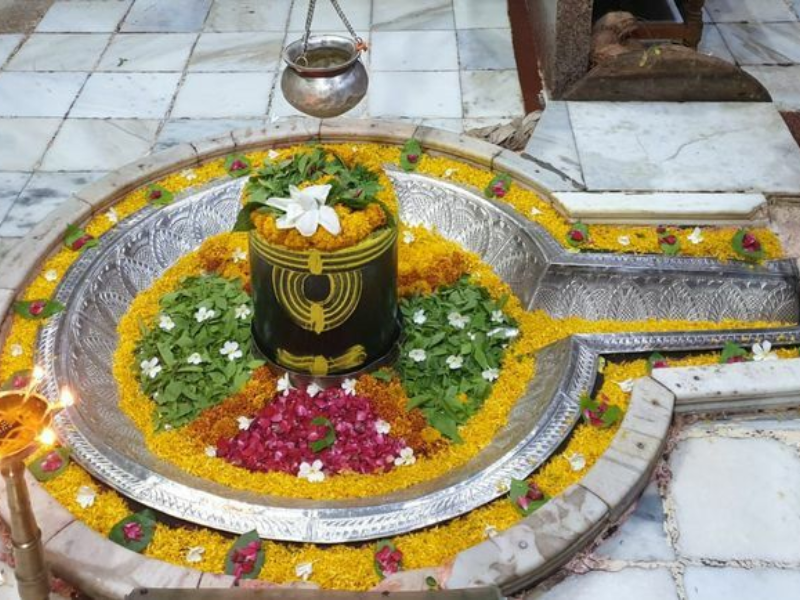
VAIDYANATH JYOTIRLINGA
Vaidyanath Jyotirlinga, also known as Baba Baidyanath, is one of the 12 Jyotirlingas of Lord Shiva. It is located in Deoghar, Jharkhand, and is considered a powerful center for spiritual healing. Many devotees believe that worshiping here grants liberation from diseases and sufferings.
According to legend, Ravana, the demon king of Lanka, was a great devotee of Lord Shiva. He performed intense penance to bring Shiva to Lanka. Pleased with his devotion, Shiva granted him a Jyotirlinga but with a condition—it should not be placed on the ground before reaching Lanka. On his way, Ravana stopped at Deoghar, where Lord Vishnu, disguised as a Brahmin, tricked him into placing the lingam on the ground, making it immovable. This Jyotirlinga became known as Vaidyanath, meaning “the divine healer.”
n.
VISHWANATH JYOTIRLINGA
Kashi Vishwanath Jyotirlinga is one of the 12 Jyotirlingas of Lord Shiva, located in Varanasi, Uttar Pradesh, on the banks of the holy Ganga River. It is considered one of the most significant and revered Shiva temples, symbolizing spiritual enlightenment and liberation (moksha).
The Kashi Vishwanath Temple has been an important center of faith for centuries. According to Hindu belief, Varanasi is the oldest living city in the world, and those who die here attain liberation from the cycle of birth and death. The temple’s main deity, Vishwanath (Lord of the Universe), is worshipped as the supreme force of creation and destruction.
Devotees believe that offering prayers at Kashi Vishwanath brings immense blessings. The Ganga Aarti at Dashashwamedh Ghat, near the temple, is a mesmerizing experience. Millions of pilgrims visit during Mahashivratri and the Shravan month, making it one of the holiest pilgrimage sites in Hinduism.
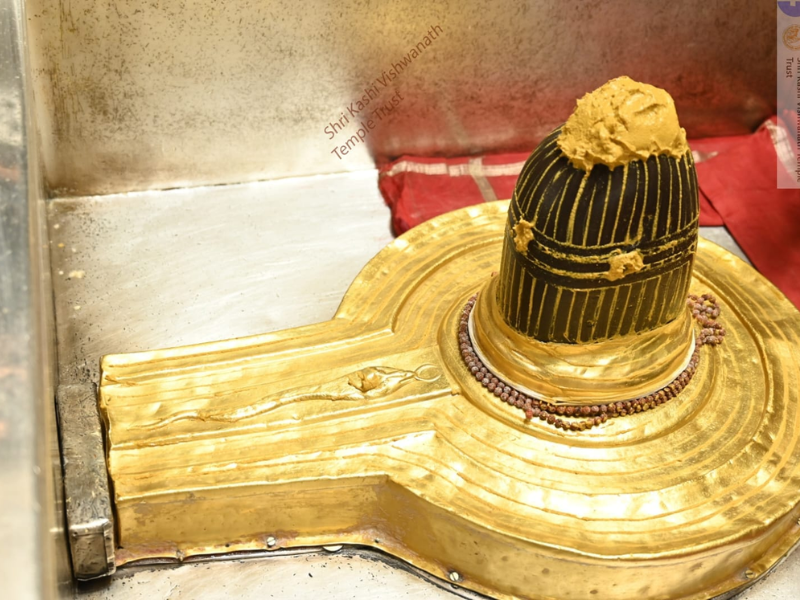
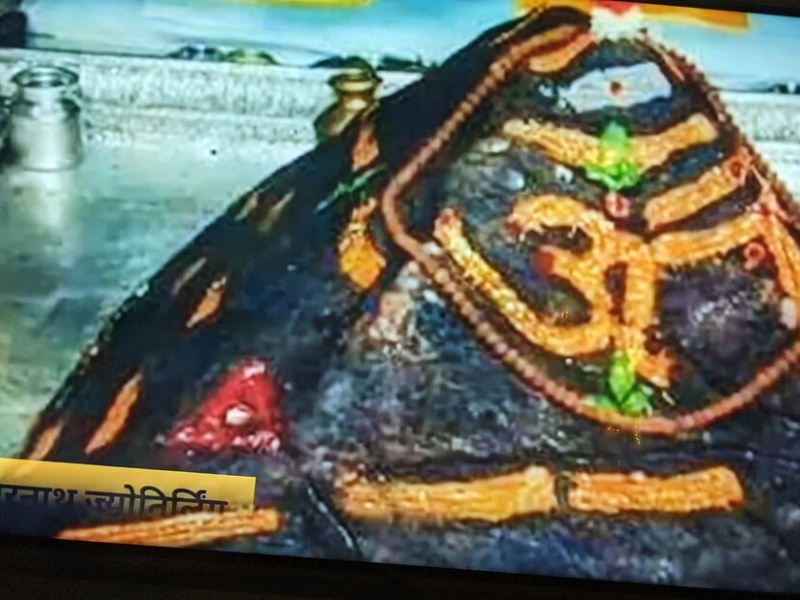
KEDARNATH JYOTIRLINGA
Kedarnath Jyotirlinga is one of the 12 Jyotirlingas of Lord Shiva, located in the Rudraprayag district of Uttarakhand, India. Nestled in the Himalayan range at an altitude of 3,583 meters (11,755 feet), it is one of the most revered and challenging pilgrimage sites in Hinduism.
The Kedarnath Temple, dedicated to Lord Shiva, is believed to have been built by the Pandavas after the Kurukshetra war to seek forgiveness for their sins. According to legend, Lord Shiva, unwilling to forgive them easily, took the form of a bull and dived into the ground, leaving behind his hump, which is worshiped as the Jyotirlinga in Kedarnath. The remaining parts of Shiva appeared at four other sites, forming the Panch Kedar temples.
The temple, built using massive stone slabs, has withstood harsh weather conditions for centuries. It miraculously survived the 2013 flash floods, while the surrounding area was devastated.
Pilgrims undertake the 16 km trek from Gaurikund to reach the temple. The shrine is open only from April to November, as heavy snowfall makes it inaccessible during winter.
NAGESHWARA JYOTIRLINGA
Nageshwara Jyotirlinga is one of the 12 Jyotirlingas of Lord Shiva, located in Dwarka, Gujarat. It is one of the most revered temples and is believed to be the place where Lord Shiva, in the form of Nageshwara, protects devotees from the fear of snakes and other dangers.
According to legend, a devotee named Supriya, who was an ardent worshiper of Lord Shiva, was once captured by a demon named Dhundhu, who had the power to turn anyone into stone. In a desperate attempt to protect himself, Supriya prayed to Lord Shiva, who immediately appeared as Nageshwara and killed the demon, saving him. This is believed to be the origin of the Nageshwara Jyotirlinga.
The Shiva Lingam in the temple is unique, as it is worshipped as a protector from venomous creatures, particularly snakes. It is believed that those who visit the temple with devotion will be blessed with protection from poison and harmful influences.
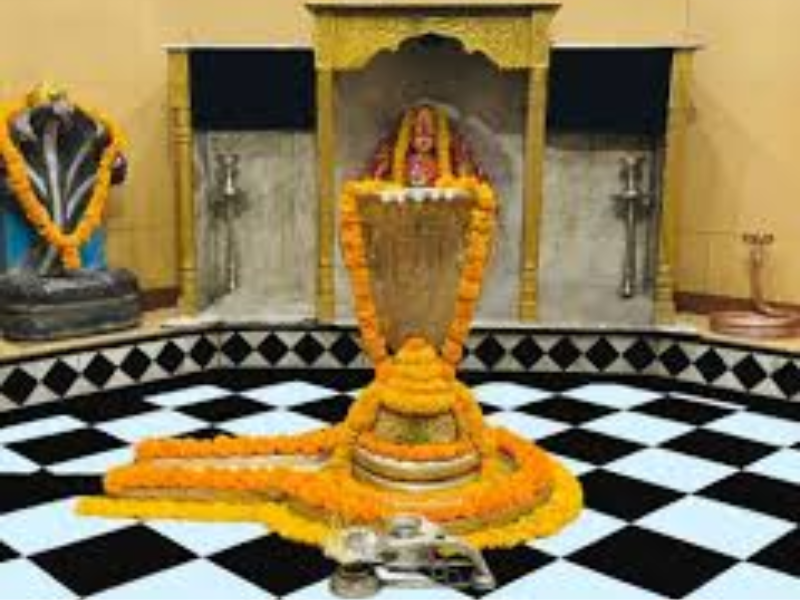
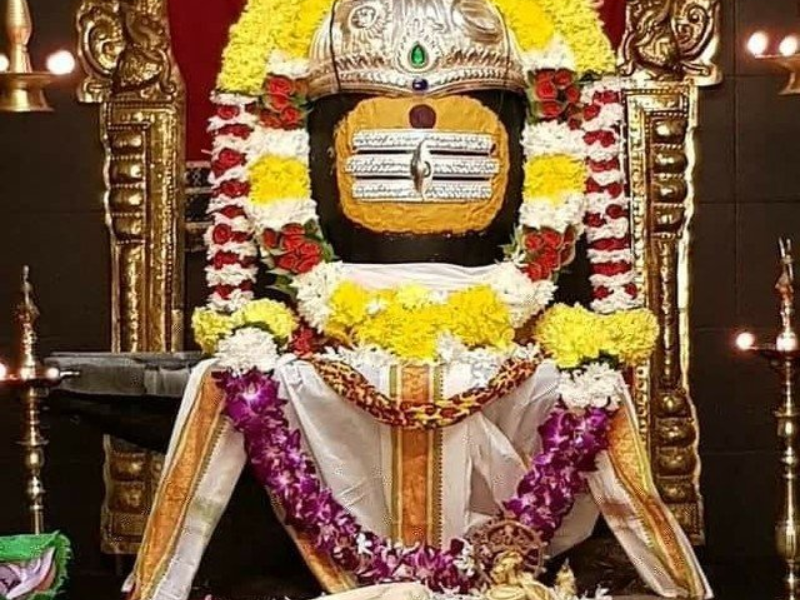
RAMESHWARA JYOTIRLINGA
Rameshwar Jyotirlinga, also known as Ramanathaswamy, is one of the 12 Jyotirlingas of Lord Shiva, located in the coastal town of Rameswaram in Tamil Nadu. Situated on Ramanathaswamy Island, it holds immense significance as a sacred pilgrimage site for Hindus, especially for those on a journey to Kashi for liberation.
According to legend, Lord Rama, the seventh incarnation of Vishnu, built a Shiva Lingam at Rameswaram to seek Lord Shiva’s blessings before his battle with the demon king Ravana. It is believed that Rama’s father, King Dasharatha, had instructed him to worship Lord Shiva for victory in the war and the safe return of his wife, Sita. To perform the ritual, Rama sent his devotee, Hanuman, to bring the sacred Lingam from Kailash. However, due to time constraints, Rama himself installed a smaller Lingam made from sand, which is worshipped in the temple.
es.
